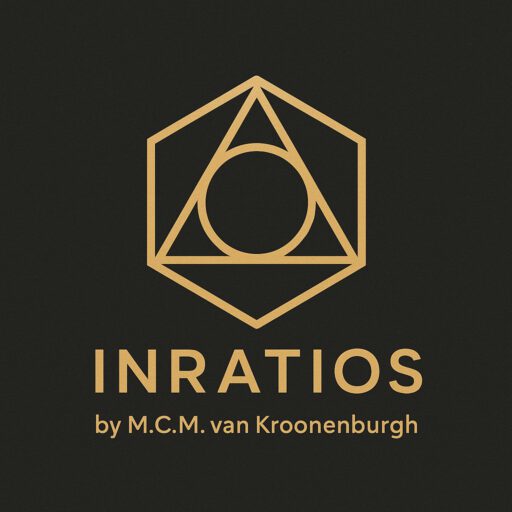The Circle That Wasn’t
How GRM Handles Imperfection, and Why AI Needs It
When Close Isn’t Close Enough
A circle is a circle, right?
At least, that’s what most systems assume. In classical geometry, a circle is defined as every point equidistant from a central point; elegant, exact, and perfect. But in the real world, and especially in digital systems, nothing is ever truly perfect.
A scanned image, a hand-drawn line, a low-resolution contour: they almost look like a circle. But almost doesn’t mean the same. And here’s the problem, our systems, especially AI models, often can’t tell the difference.
They label a shape as a circle when it only resembles one. They approximate, they average, they guess.
But what if we didn’t need to guess?
What if we had a system that could measure how close a shape really is to a perfect circle, not by estimation, but by proportion?
GRM’s Ratio-Based Tolerance System
Enter the Geometric Ratio Model (GRM).
Where classical geometry demands perfection or breaks down, GRM introduces a different idea: structured tolerance. Rather than asking “Is it a circle?” GRM asks, “How closely does this shape match the structural ratio of a circle?”
And that ratio is simple:
A perfect circle inscribed in a square occupies exactly 0.7854 SAU, no more, no less. This becomes our benchmark.
With that fixed value as reference, GRM can classify any roughly circular shape on a spectrum:
- 0.7854 SAU? Perfect match.
- 0.76 SAU? Almost there, perhaps a blurred scan or a lightly deformed ellipse.
- 0.72 SAU? Clearly deviating, perhaps a rounded square or artistic rendition.
This isn’t just mathematical elegance, it’s digital logic.
By working with these fixed proportions, we can assign tolerances, define thresholds, and automate classification in ways traditional systems can’t.
AI doesn’t need to guess. It can measure.
And by measuring deviation from ideal ratios, GRM introduces a new kind of intelligence: one based not on labels, but on proportion.
This approach is already outlined in GRM’s classification framework, where shapes are not identified by name or category, but by how much of the enclosing square they fill, and how close that ratio comes to a canonical reference (like 0.7854 for a circle, or 0.8660 for a hexagon).
Embracing Imperfection as Data
So next time you look at a blurry circle in a sketch, a noisy scan, or a generative AI image, remember:
It doesn’t have to be perfect to be understood.
With GRM, even imperfection becomes readable. Every deviation tells a story, not just of shape, but of structure.
Tomorrow we’ll zoom in on the square, and how GRM sees it not as a container, but as a structural anchor.
Blog 4: “Pixel Truth – How GRM Sees a Square” will dive into the logic of pixels, bounding boxes, and why counting with structure beats guessing with curves.

